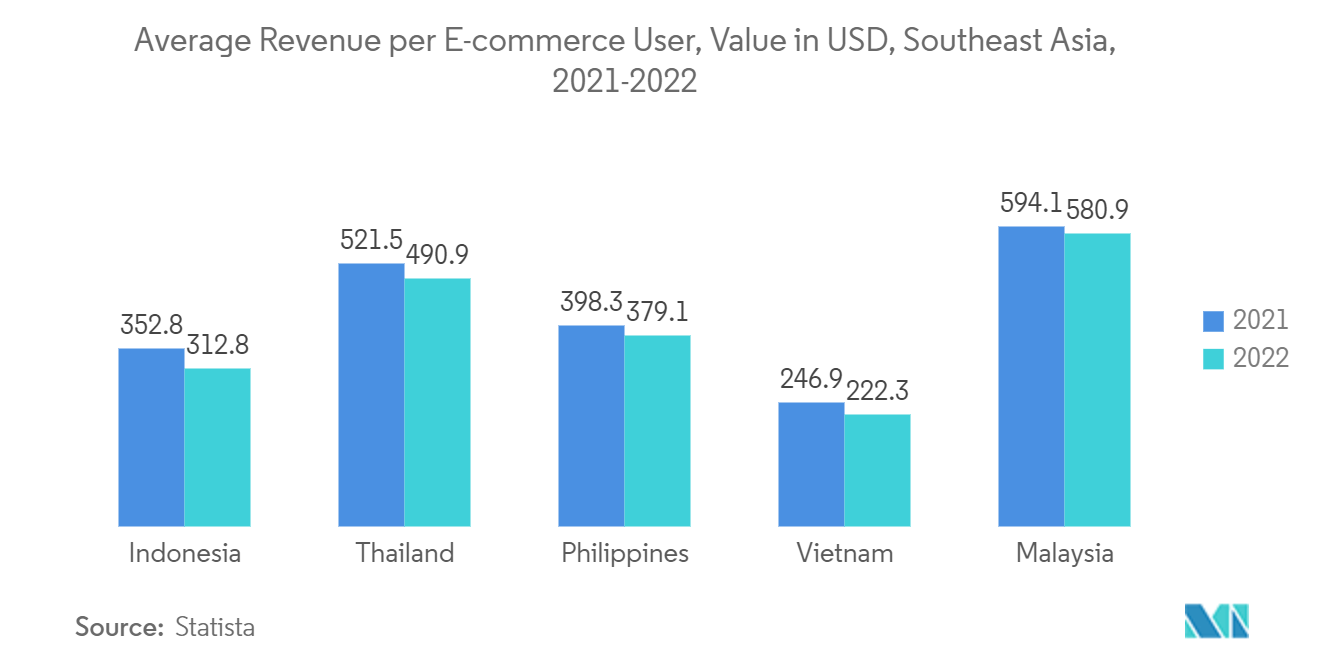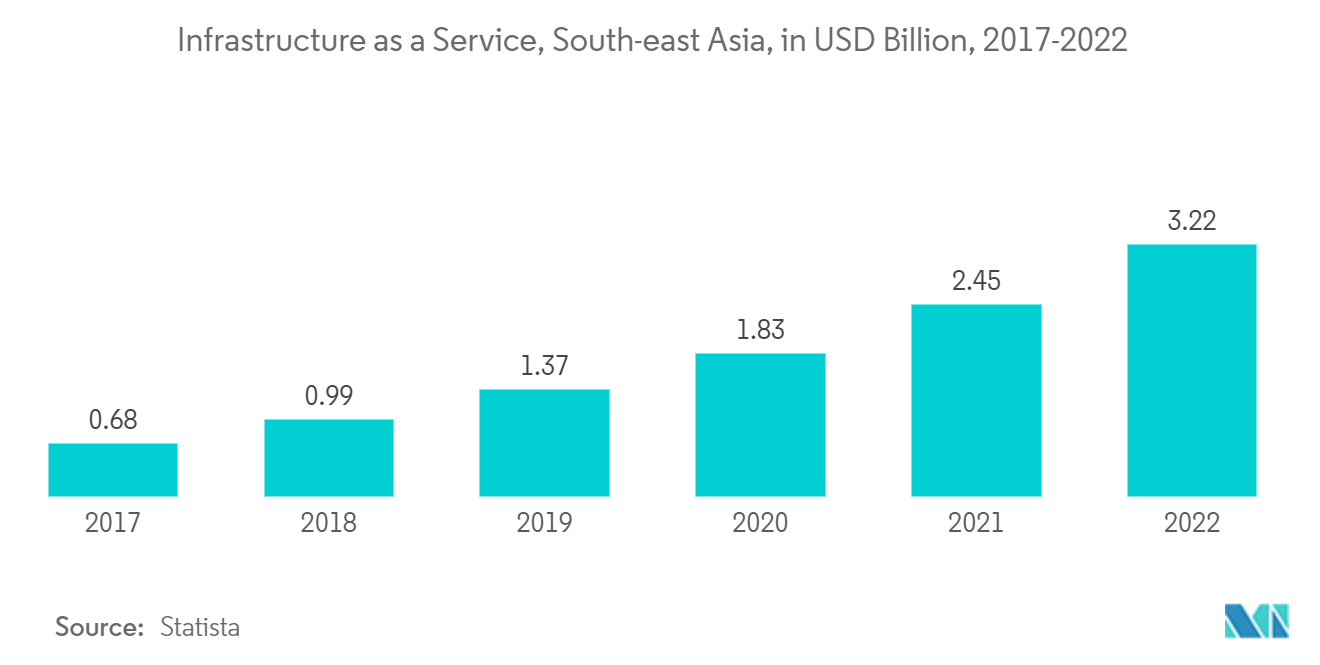Market Trends of ASEAN E-commerce Logistics Industry
E-commerce growth is driving the market
Southeast Asia is experiencing a surge in e-commerce. Consumer trends in the region are creating exciting opportunities for online retailers looking to expand due to massive growth in the digital payments sector. Among product categories, electronics are the most popular in the region. TVs, smartphones, laptops, USB drives, power banks, and other items are among the best-sellers in this category.
On the other hand, clothing, fashion accessories, baby products, and furniture are not far behind, with Southeast Asian markets experiencing higher-than-ever sales in these segments. Live streaming for e-commerce platforms is rapidly expanding in the Southeast Asian market. Statistics show live streaming hours on e-commerce platforms increased by 200% in Malaysia and Singapore. The trend spread to the Philippines, where 60% of brands use live selling to attract more customers to their stores.
The support of social commerce, internet penetration, and demand for some product categories drives the growth of e-commerce in ASEAN countries. The online channel has created a huge opportunity for domestic retailers in various countries. Even though these countries lag in infrastructure and logistics services, the demand for products through the channel is luring investors to dive deeply into the market.

Infrastructure development in south-east Asia supporting the market
The growing global interest in Southeast Asia's infrastructure needs has been exciting and concerning for developing countries. The G7 announced its support for the US-led 'Build Back Better World' (B3W) initiative in 2021, while the European Union unveiled its infrastructure strategy, dubbed 'Globally Connected Europe.'
These initiatives aim to address developing countries' USD 40 trillion infrastructure gap, but they also raise geopolitical concerns by appearing to compete with China's Belt and Road Initiative. Southeast Asian governments do not want to be caught in a geopolitical crossfire over investment decisions. Apart from the massive amounts of capital required, infrastructure in developing Southeast Asian countries suffers more due to poverty and the ever-present threat of climate change. While the infrastructure has improved, more is needed. The majority of the population lacks access to electricity, safe drinking water, and safe roads.
Cities with poor planning and traffic congestion alone cost them a daily loss of productivity, wasted fuel, and increased stress. In addition, the International Monetary Fund (IMF) discovered that countries waste roughly one-third of their infrastructure spending due to inefficiencies.
Meanwhile, in 2023, Southeast Asia witnessed an increasing number of investments in the infrastructure sector. For instance, in March 2023, the Asian Infrastructure Investment Bank (AIIB) granted more than USD120 million to the Seraya Southeast Asia Energy Transition and Digital Infrastructure Fund (the Fund). This investment is aimed at enhancing the region’s transition to green energy and technology-enabled infrastructure development, which is also expected to improve cross-border digital connectivity within Asia. Moreover, in February 2023, A.P. Moller Group planned to invest more than USD 750 million in various infrastructure platforms in South and Southeast Asia. Thus, the growing infrastructure sector in the region is expected to create a huge opportunity for e-commerce logistics service providers.

